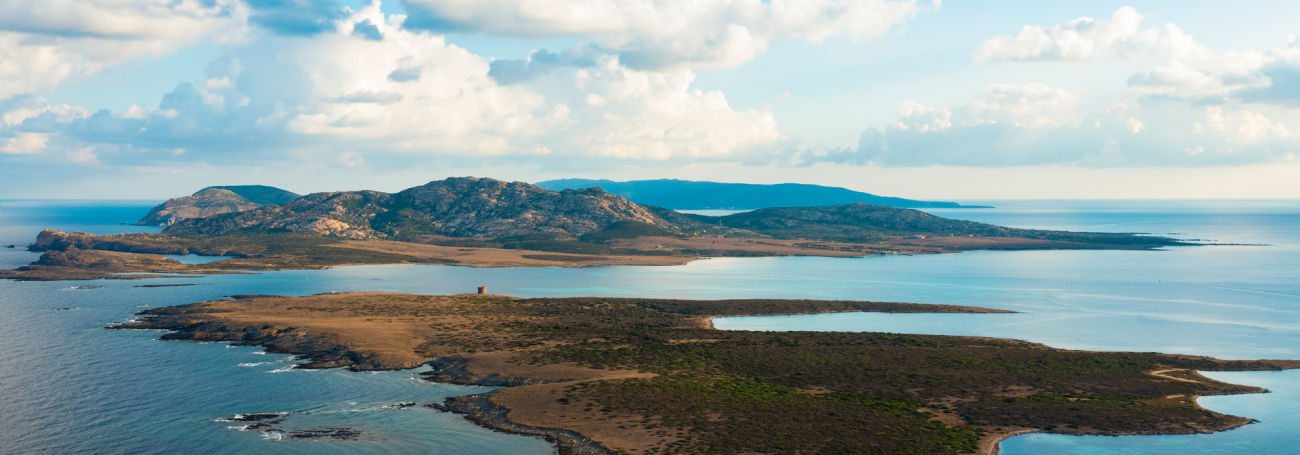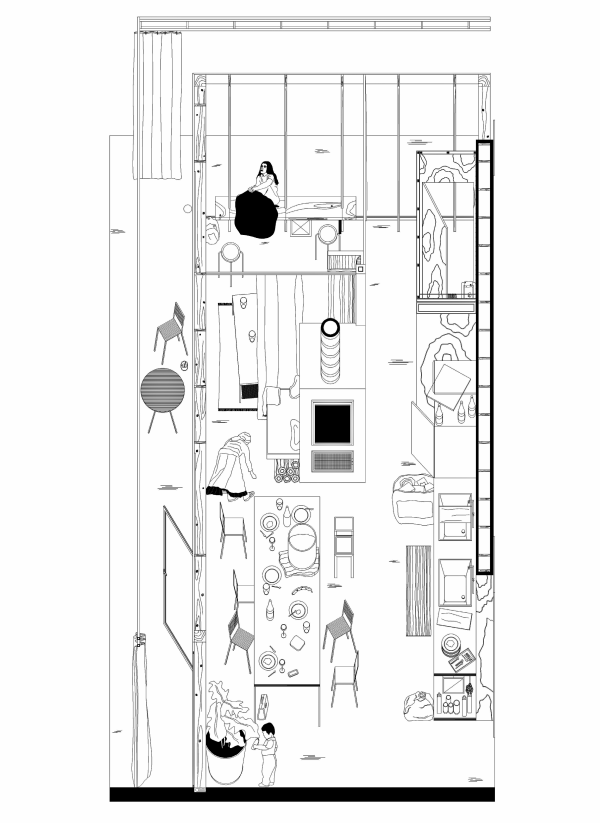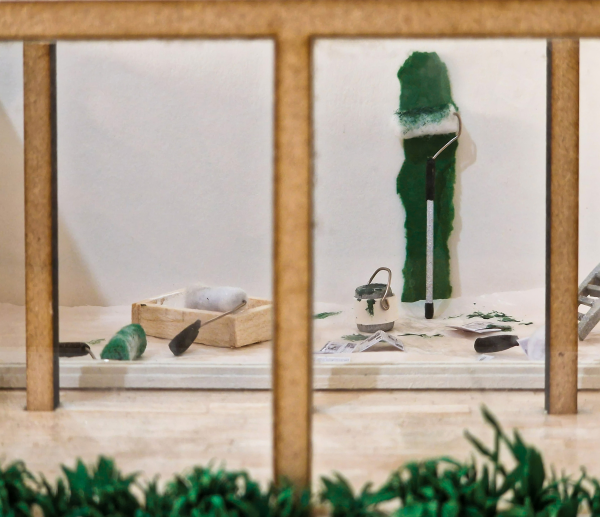
In 2019, myself, Paolo Emilio Pisano and Francesco Zuddas launched the first edition of a visiting school on the island of Asinara, Italy, for the Architectural Association School of Architecture. Asinara hosted for a century a carceral settlement and in the late 1990s was transformed into a National Park. Since then, much work has been done for the environmental enhancement and conservation of the island, but the disentanglement of its long carceral history is still underway due to the complexity and overlapping of the many narratives attached to the island — just to mention a few, the island served in the past as an agricultural penal colony, a quarantine station, a political prisoners camp in the WWI, a high-security prison for members of mafia organisations and of political terrorist groups. For those of you who are familiar with the beautiful book Il Libro dell’Incontro (The Book of the Encounter) (Bertagna et al., 2015), Asinara’s prison facilities hold in detention some of the protagonists of the experience narrated in that book.




